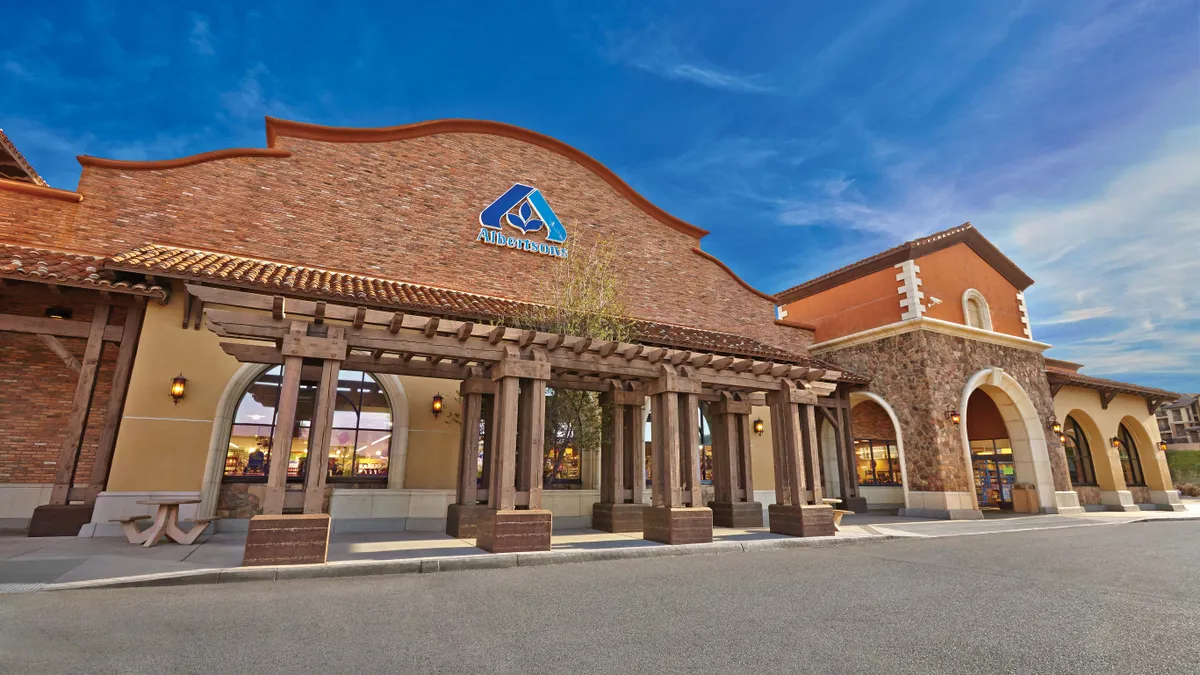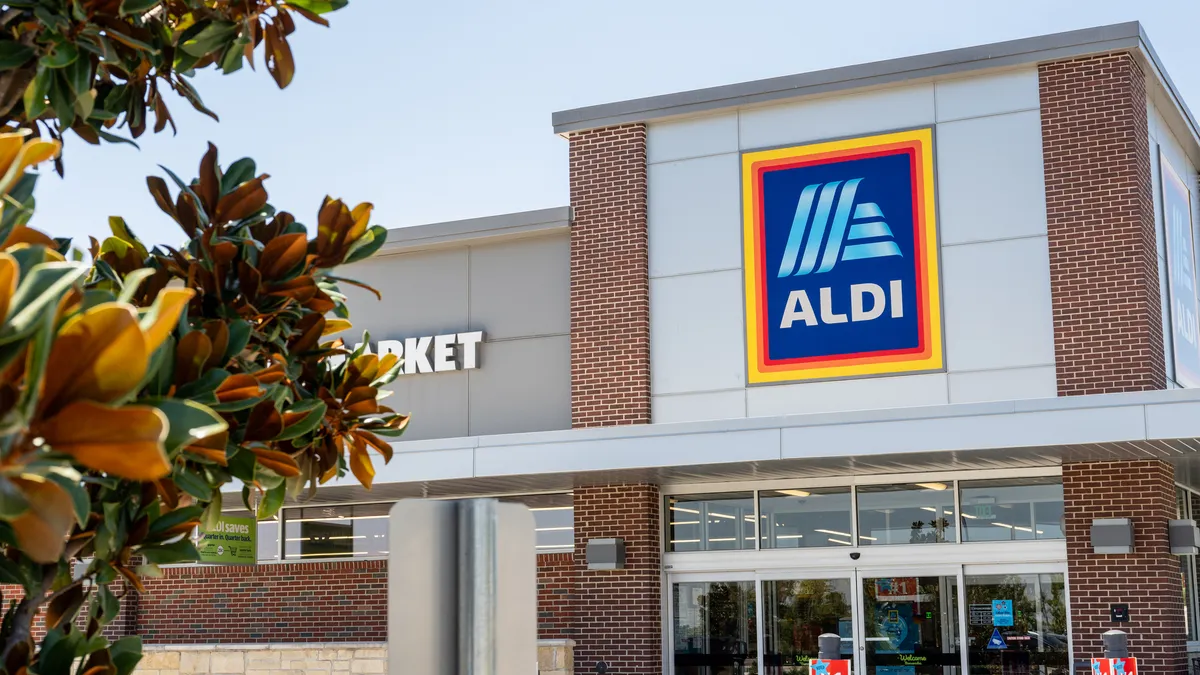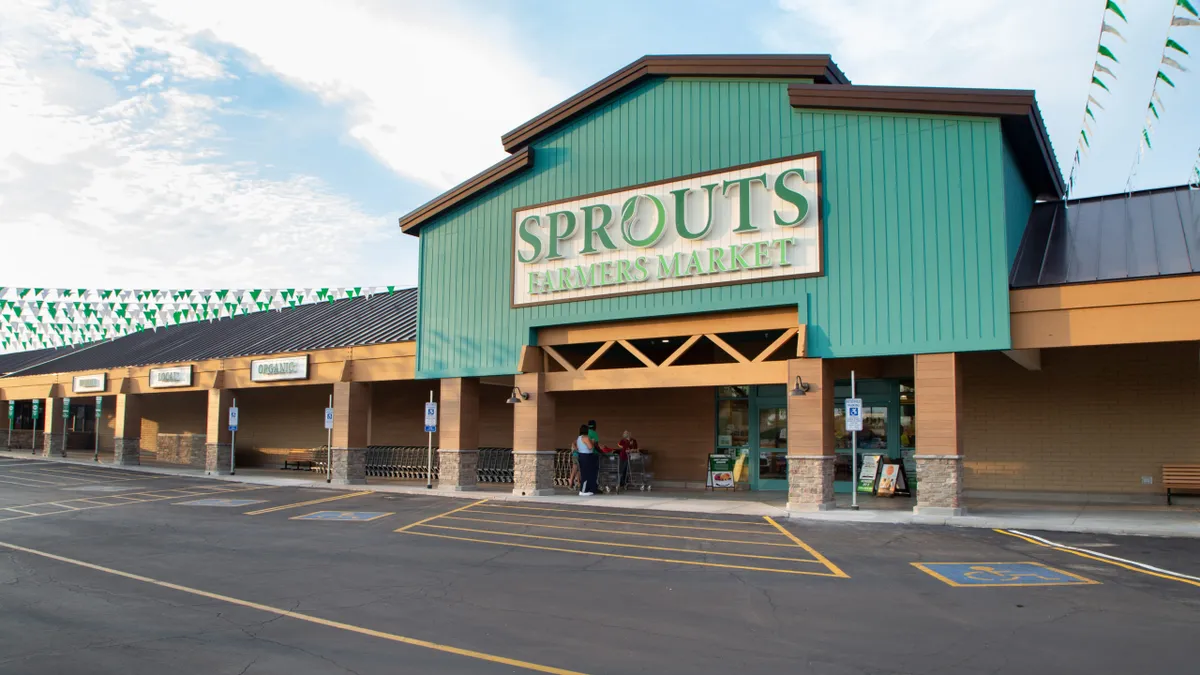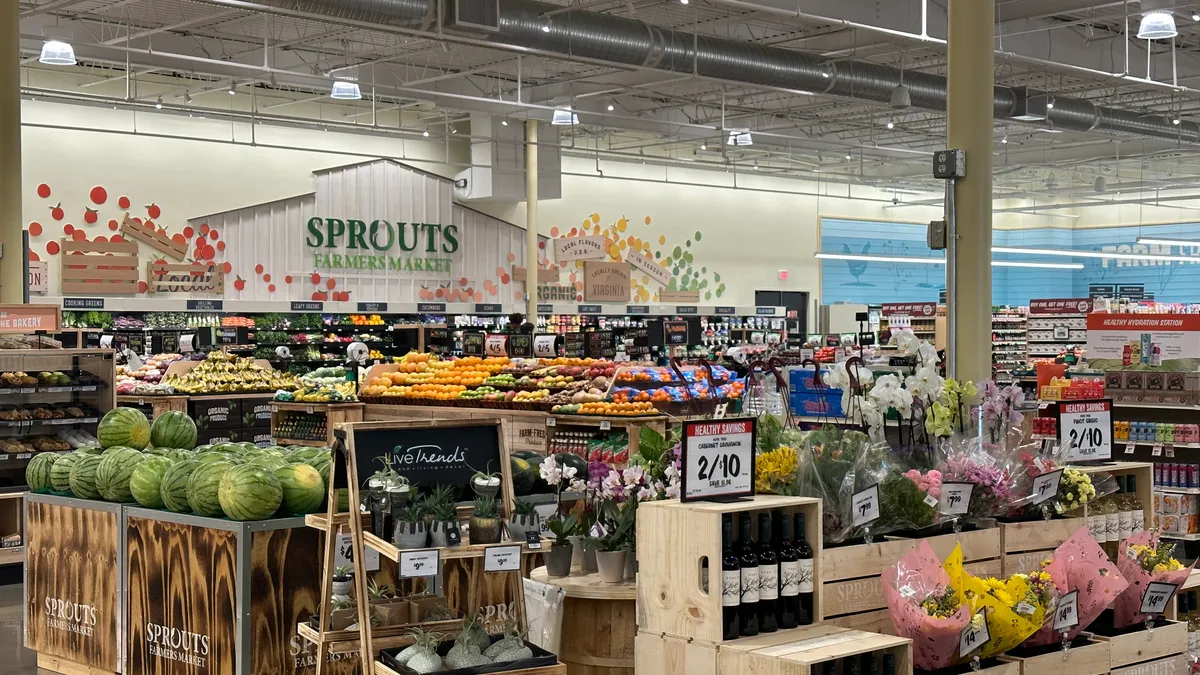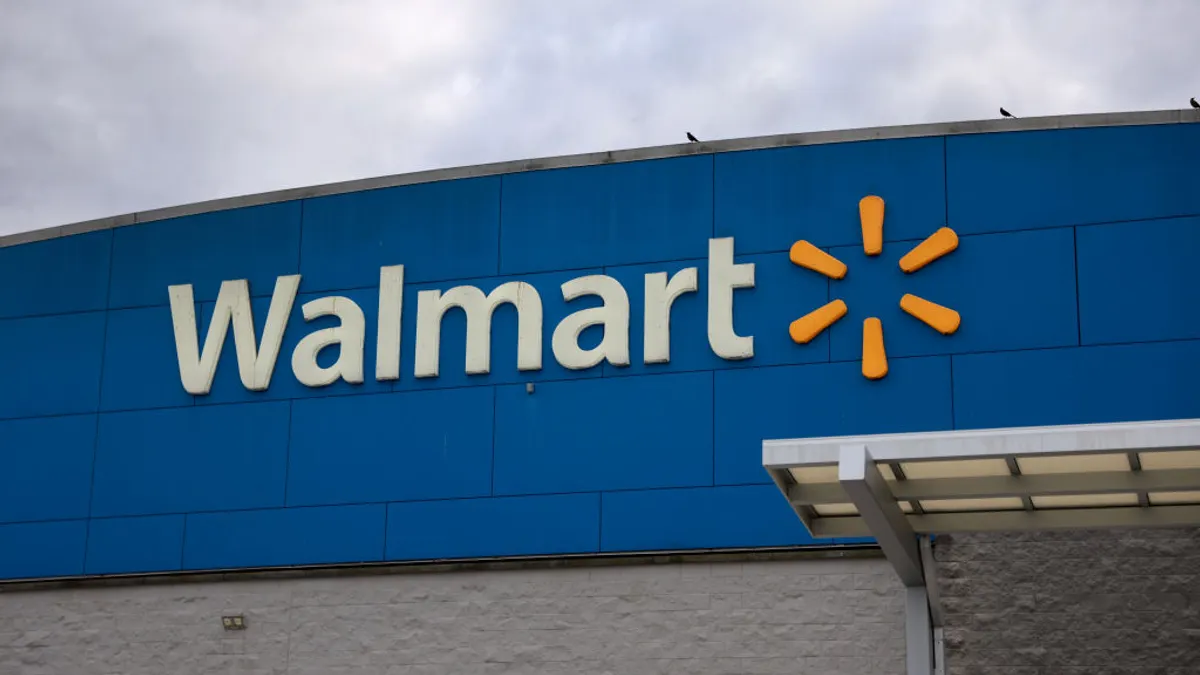Albertsons’ shoppers are trading down. But they’re not trading out of the company’s stores.
That was one of the key observations CEO Vivek Sankaran shared during the company’s first quarter earnings call Tuesday. As record-high inflation and gas prices drag on, price-sensitive shoppers are buying more of the grocer’s private label products. This is especially true in categories where national brands aren’t particularly strong, like rice, shortening and beans.
At the same time, Sankaran said Albertsons is seeing more affluent consumers adopting money-saving habits. They’re buying hamburgers as well as organic meat. They’re purchasing premium beer but also buying items like avocados in bulk to save money, he said.
“We’re seeing this behavior where people are value-conscious, but are willing to spend on the things that they care about,” Sankaran said.
He described this as shopping at the “bookends” of the grocer’s assortment. Shoppers are looking for lower-priced items as well as some premium selections and for everything in the middle. But it doesn’t appear that a significant number of them are leaving the company’s stores for lower-priced operators like Walmart, Aldi and Dollar General.
“The consumer is clearly trading down… but the good news is they’re trading down into a lot of our own brands,” Sankaran said.
Sankaran and Sharon McCollam, the chain’s president and chief financial officer, also reported that foot traffic and in-store transactions increased during the quarter, further indicating that shoppers remain engaged with the company.
As one of the nation’s largest supermarket chains, with more than 2,000 stores operating across 34 states and Washington, D.C., Albertsons’ strong Q1 results suggest that, amid a bruising pricing environment for consumers, supermarkets still remain highly relevant to them. Keeping shoppers coming back to stores remains a priority for grocers as discount operators turn up the volume on their promotions and as suppliers say they’re going to continue passing along price increases.
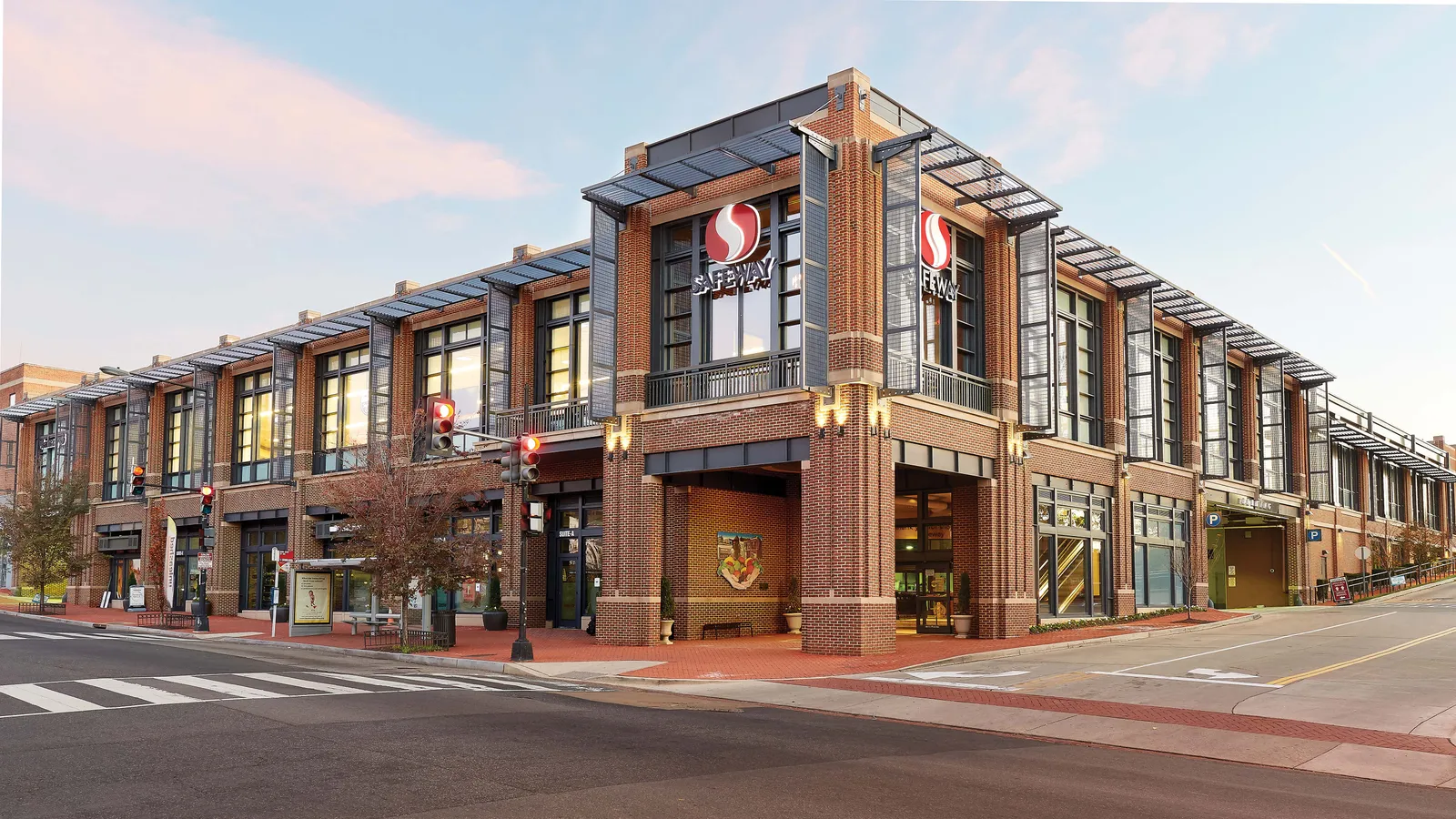
A strong and growing private label assortment is clearly helping Albertsons. Store brands make up nearly 26% of the company’s sales and range across 10 different brands, including O Organics, Open Nature and Lucerne.
Sankaran noted that innovations in meal solutions and having a broad assortment of ingredients for at-home cooks are also benefiting the company. Albertsons will nearly double the number of stores that carry its ReadyMeals brand of composed and ready-to-heat options by the end of the fiscal year, he noted.
The grocer is also using its rapidly expanding digital assets to bring in new shoppers and then promote “stickiness” with the company, Sankaran said. Two-hour delivery is now available across nearly three-quarters of Albertsons stores, and it’s currently running a 30-minute delivery pilot with DoorDash. During the first quarter, Albertsons added a meal-planning tool to its app that’s garnered more than 1.2 million unique users, with more than 40% using the app’s shopping list functionality.
Consumers are ‘squeezing a little bit more out of their toothpaste’
Grocers seem to be benefiting from ongoing at-home consumption trends. Recent foot traffic data from Placer.ai shows that companies like Weis Markets, Ingles Markets and Acme Markets have seen a significant increase in visits compared to 2019.
Sankaran said on Tuesday that eating meals at home, while not as intense as early in the pandemic, remains elevated as millions of consumers continue to work from home and menu prices remain high.
But a lot of shoppers are still trading out of grocery stores and shopping more at discount retailers and dollar stores, said Krishnakumar Davey, president of client engagement with IRI.
“What we are seeing in the data is there is an uptick in the trips to Walmart and the trips to dollar stores,” he said.
In the 13-week period that ended July 10, trips to Walmart stores rose 7.1% over the previous 13-week period that ended April 10, while trips to dollar stores rose 5.4%, according to IRI data.
A recent survey from the National Retail Federation found that 41% of consumers are shopping at discount stores. And while Placer’s foot traffic data shows solid gains for traditional retailers compared to pre-pandemic levels, low-price operators like Aldi and Trader Joe’s have made even greater gains.
In April, May and June, for instance, Aldi posted monthly foot traffic increases above 20% compared to the same period in 2019, according to Placer’s data. The discount chain’s vice president of national buying for the U.S., meanwhile, recently told Insider that it added 2.5 million new shoppers in May.
Davey said shoppers are cutting back on discretionary spending in categories like apparel and home goods — a trend that impacted Walmart this week as the company cut its profit outlook. Shoppers are also trying to make the products they’re using last longer, he noted.
“We're seeing people are squeezing a little bit [more] out of their toothpaste, a little bit [more] out of their laundry detergent,” he said.
This could make Albertsons something of an outlier — and not for the first time in recent history. During the early months of the pandemic, the grocer logged higher digital sales than competitors — a fact that Sankaran attributed to its centrally located stores in many urban and suburban areas.
IRI data shows that shopper engagement with supermarkets varies widely across the major chains. Albertsons saw visits increase 5.6% in the 13-week period that ended July 10 compared to the previous period, while Ahold Delhaize logged a 5.5% increase. Kroger saw a 4% increase in trips during the period while Publix saw a 5.2% decline.
Davey said he’s seen an uptick in promotions from grocers in recent weeks as they look to spur consumer spending. Overall, he said grocers are doing a better job than he expected at keeping shoppers engaged by focusing on private label, meal solutions and offering targeted promotions to the shoppers that need them most.
“I’ve been a little surprised at the resiliency of some of these grocery players,” Davey said.


